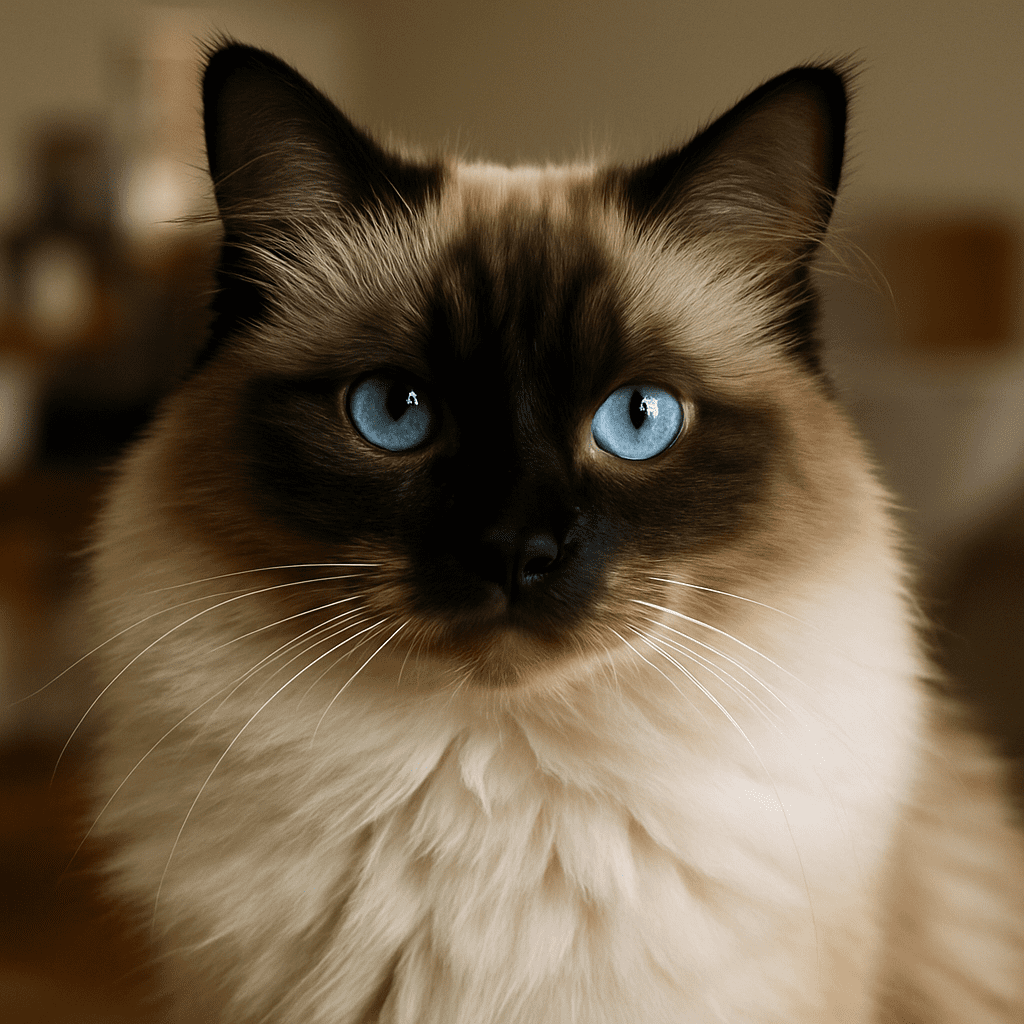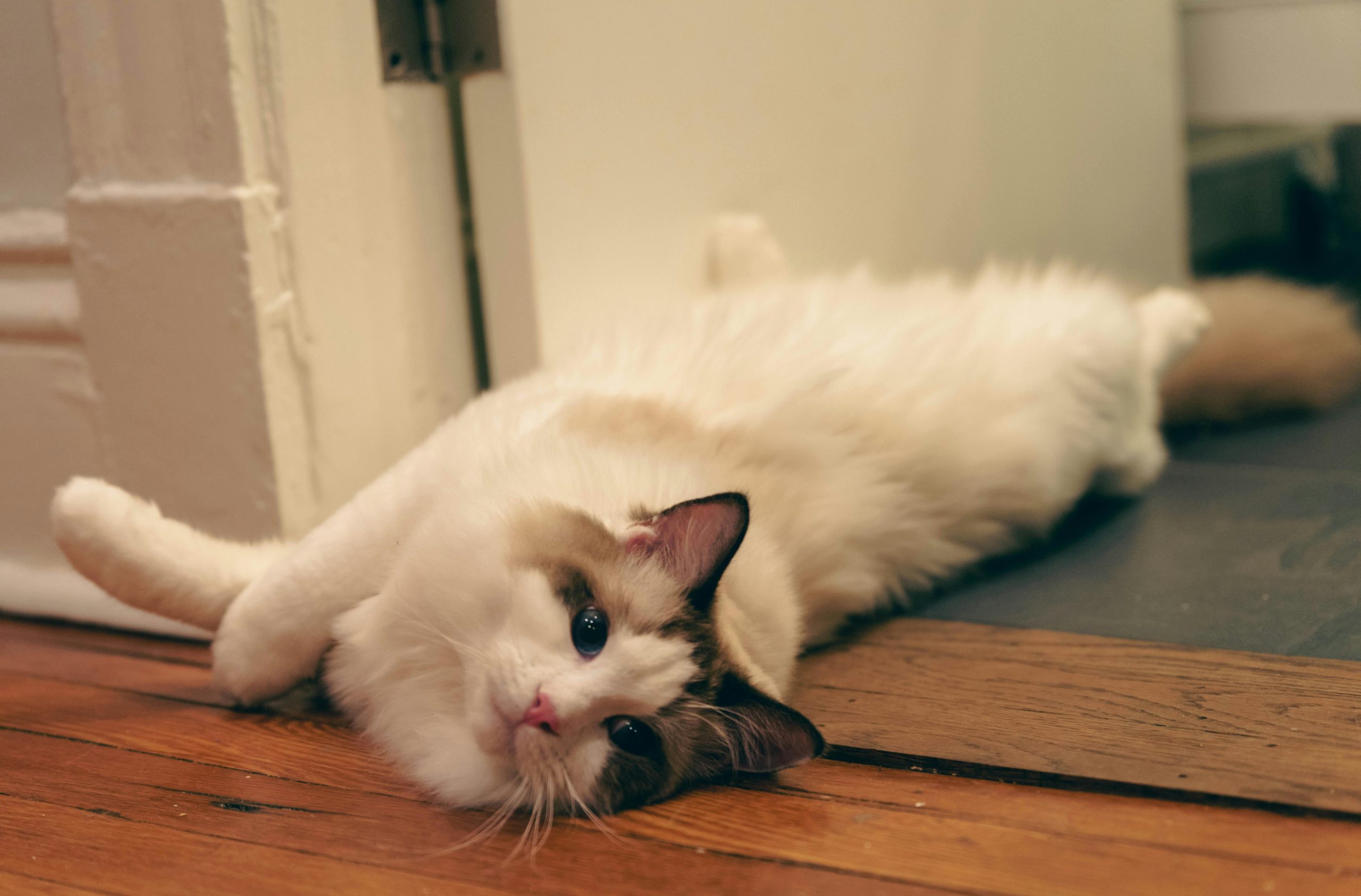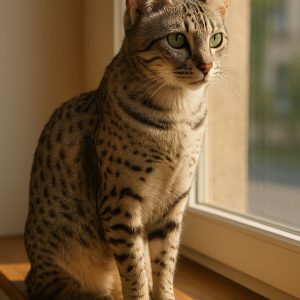The Ragdoll cat is becoming increasingly popular due to its captivating appearance and affectionate nature. But before you rush out to bring one home, let’s explore some practical insights about what makes the Ragdoll cat unique and how to care for one properly.
Origin and Background
Breeder Ann Baker developed the Ragdoll cat in California during the 1960s. These cats quickly gained fame for their striking looks and calm, gentle demeanor. The name “Ragdoll” came from their tendency to go limp, like a rag doll, when picked up.

Physical Appearance: What to Expect
Ragdoll cats are large and sturdy. Males often weigh up to 20 pounds, with females slightly smaller. Their silky, medium-to-long coat becomes easy to manage with consistent grooming.
They come in several colors, including seal, blue, chocolate, lilac, red, and cream. Their deep blue eyes stand out vividly against their plush fur.
At home, their physical presence is immediately felt. Some families are surprised by their substantial size—often likened to a small dog. Despite their build, weekly brushing usually keeps shedding under control.
Personality Traits: Sweet, but with Boundaries
The Ragdoll cat stands out for its affectionate, dog-like behavior. Many will greet you at the door, follow you from room to room, and enjoy resting near their favorite humans. However, affection doesn’t mean they lack independence.
These cats may withdraw when overstimulated or uncomfortable. They often dislike excessive handling, especially from young children, and prefer to retreat quietly over reacting aggressively.
How to Care for a Ragdoll Cat
Ragdoll cats are often described as easygoing, but they still require thoughtful daily care. Here’s what owners should prioritize:
- Grooming: Brush two to three times a week to prevent matting, especially around the neck and underarms.
- Feeding: Stick to high-quality, balanced meals. These cats gain weight easily, so watch portions carefully.
- Companionship: Ragdoll cats are highly social. If left alone for too long, they may experience stress or become withdrawn.
- Living Space: Provide cozy resting spots and moderate-height structures for lounging rather than climbing.
- Vet Care: Schedule regular checkups, especially to monitor for hypertrophic cardiomyopathy (HCM), a condition somewhat common in the breed.

Health Issues to Watch
Most Ragdoll cats remain healthy, but several breed-specific concerns exist:
- Hypertrophic Cardiomyopathy (HCM): Regular vet visits can detect this common heart condition early.
- Urinary Tract Issues: Always keep fresh water available to reduce the risk.
- Obesity: Limit treats and monitor food portions closely to prevent weight gain.
A sudden drop in energy could indicate a health issue. Always consult a veterinarian when behavior changes abruptly.
Who Should (and Shouldn’t) Get a Ragdoll?
The Ragdoll cat suits families who enjoy quiet home life, retirees, or individuals who spend considerable time at home. They offer loyalty, calmness, and a unique emotional connection.
However, frequent travelers, long-hour workers, or noisy households might struggle to meet their emotional needs. Ragdoll cats crave consistency and calm environments.
Final Thoughts
Choosing a cat should go beyond appearance. Ragdoll cats bring beauty, gentleness, and devotion—but only when their emotional and physical needs are met.
Before you decide, ask yourself: Are you ready to brush their coat regularly, manage their diet responsibly, and give them daily companionship? If the answer is yes, the Ragdoll cat could be your perfect companion.




